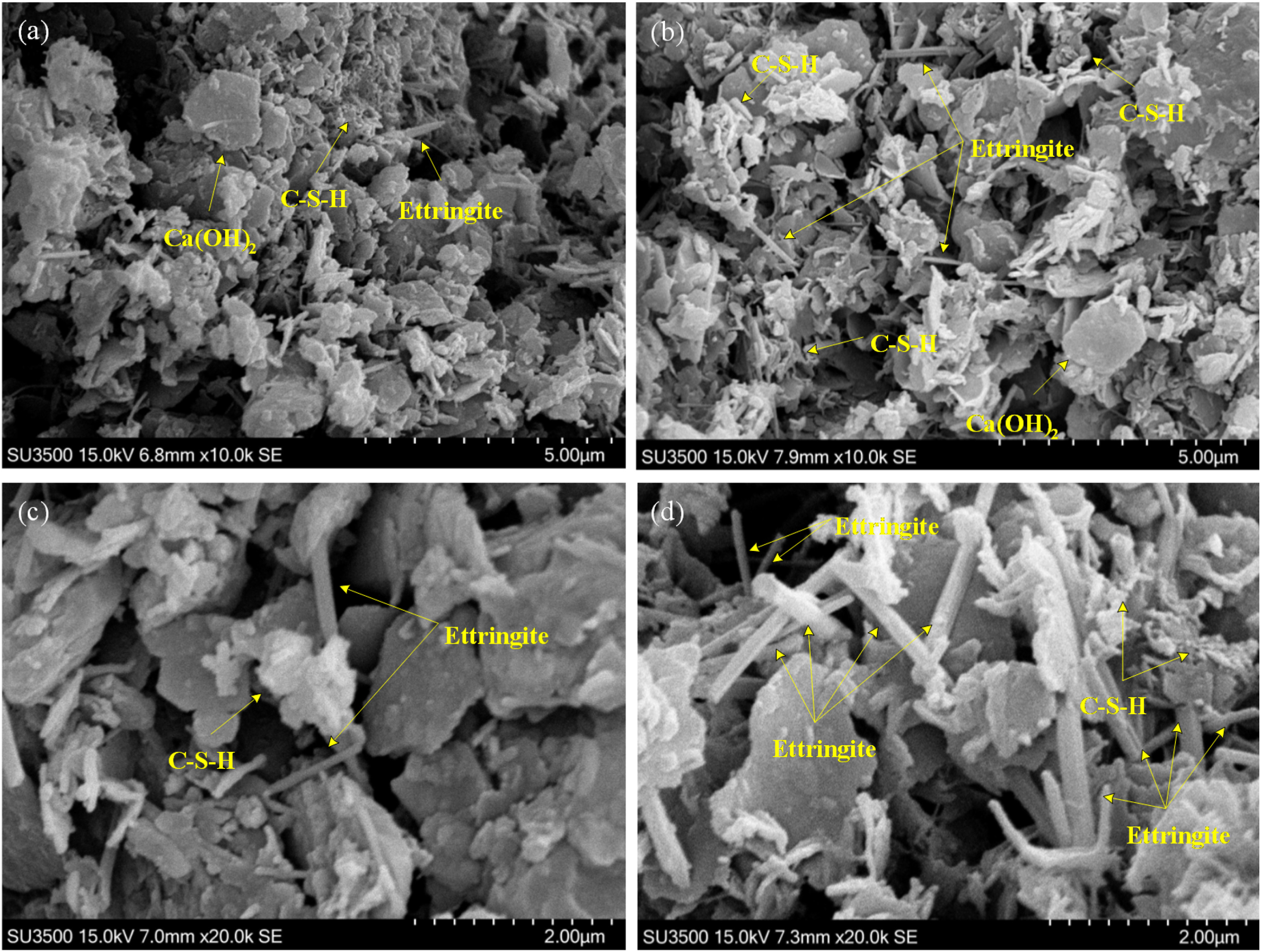JRMGE / Vol 14 / Issue 3
Use of recycled gypsum in the cement-based stabilization of very soft clays and its micro-mechanism
Jun Wu, Li Liu, Yongfeng Deng, Guoping Zhang, Annan Zhou, Henglin Xiao
Show More
a Institute of Geotechnical Engineering, School of Transportation, Southeast University, Nanjing, 211189, China
b Department of Civil and Environmental Engineering, University of Massachusetts Amherst, Amherst, MA, 01003, USA
c Civil and Infrastructure Engineering, School of Engineering, Royal Melbourne Institute of Technology (RMIT), Melbourne, VIC, 3001, Australia
d Department of Civil Engineering, Hubei University of Technology, Wuhan, 430068, China
2022, 14(3): 909-921. doi:10.1016/j.jrmge.2021.10.002
Received: 2021-04-24 / Revised: 2021-08-19 / Accepted: 2021-10-18 / Available online: 2021-11-25
2022, 14(3): 909-921.
doi:10.1016/j.jrmge.2021.10.002
Received: 2021-04-24
Revised: 2021-08-19
Accepted: 2021-10-18
Available online: 2021-11-25
This paper presents an experimental study and micro-mechanism discussion on gypsum role in the mechanical improvements of cement-based stabilized clay (CBSC). A soft marine clay at two initial water contents (i.e. 50% and 70%) was treated by reconstituted cementitious binders with varying gypsum to clinker (G/C) ratios and added metakaolin to facilitate the formation of ettringite, followed by the measurements of final water contents, dry densities and strengths in accordance with ASTM standards as well as microstructure by mercury intrusion porosimetry (MIP) and scanning electron microscopy (SEM). Results reveal that the gypsum fraction has a significant influence on the index and mechanical properties of the CBSC, and there exists a threshold of the G/C ratio, which is 10% and 15% for clays with 50% and 70% initial water contents, respectively. Beyond which adding excessive gypsum cannot improve the strength further, eliminating the beneficial role. At these thresholds of the G/C ratio, the unconfined compressive strength (UCS) values for clays with 50% and 70% initial water contents are 1.74 MPa and 1.53 MPa at 60 d of curing, respectively. Microstructure characterization shows that, besides the common cementation-induced strengthening, newly formed ettringite also acts as significant pore infills, and the associated remarkable volumetric expansion is responsible, and may be the primary factor, for the beneficial strength gain due to the added gypsum. Moreover, pore-filling ettringite also leads to the conversion of relatively large inter-aggregate to smaller intra-aggregate pores, thereby causing a more homogeneous matrix or solid skeleton with higher strength. Overall, added gypsum plays a vital beneficial role in the strength development of the CBSC, especially for very soft clays.
Keywords: Cement-based stabilized clay (CBSC), Cement clinker, Gypsum, Ettringite, Unconfined compressive strength (UCS), Micro-mechanism


